How you can use Bankruptcy to discharge your Student Loans
Student loans have become a common aspect of the American journey into higher education. Despite helping academic pursuits, the burden of student loan debt often persists well beyond graduation. In the face of financial distress, individuals are left questioning the viability of student loan bankruptcy as a potential solution.
Quick Summary:
- Student loans have become a common financial challenge post-graduation, leading individuals to consider student loan bankruptcy for relief.
- Filing student loans in bankruptcy is an option, but discharge is generally difficult due to their classification as “non-dischargeable” debts.
- Individuals may explore relief, notably by demonstrating “undue hardship” in specific circumstances.
- There are two primary bankruptcy types; Chapter 7 allows the discharge of most debts, but proving “undue hardship” for student loans is complex.
- Chapter 13 involves a structured repayment plan, providing potential relief for overall financial situations.
- Discharging student loans through bankruptcy is an uncommon occurrence, and the legal standards for proving “undue hardship” vary, typically necessitating evidence of a consistent inability to maintain a basic standard of living while meeting loan repayment obligations.
In Ridgeland, MS, the legal terrain concerning student loan bankruptcy has developed, offering avenues for individuals to pursue relief from their student loan obligations. While recognizing the challenges of discharging student loans through bankruptcy, it remains a potential option for those seeking financial relief.
Our article will discuss the complexities of student loan bankruptcy as well as additional information concerning it.
Are Student Loans Included under Bankruptcy?
Including student loans in a bankruptcy filing is an option, but it’s important to understand that achieving discharge for student loans is generally difficult. Student loans are commonly classified as “non-dischargeable” debts, posing challenges for elimination compared to other debt types in bankruptcy.
Nonetheless, individuals may explore avenues for relief, especially by demonstrating “undue hardship.”
How can Bankruptcy help my Student Loans?
When delving into the landscape of student loan bankruptcy, two primary chapters of the bankruptcy code come into focus: Chapter 7 and Chapter 13.
Chapter 7 Bankruptcy
Under Chapter 7, most unsecured debts can find resolution. However, student loans are commonly deemed “non-dischargeable” unless the debtor successfully proves “undue hardship.” Proving undue hardship is a formidable challenge, requiring evidence that maintaining a minimal standard of living would be impossible while repaying the loans.
Chapter 13 Bankruptcy:
In contrast, Chapter 13 bankruptcy involves creating a structured repayment plan spanning three to five years. While student loans remain non-dischargeable, the repayment plan allows for more manageable payments based on the individual’s income and expenses. This structured approach aims to provide individuals with a feasible path to address their overall financial situation.
What are the Steps in Discharging my Student Loans?
Eliminating student loans through bankruptcy is a complex procedure, and individuals considering this path must navigate the challenges associated with the “non-dischargeable” nature of student loans.
However, for those facing financial distress and contemplating student loan bankruptcy, here is a general guide on how to initiate the discharge process.
- Assessing Your Financial Situation: Before delving into student loan bankruptcy, a thorough evaluation of your financial circumstances is crucial. Consider factors such as income, expenses, assets, liabilities, and any unique challenges you may be facing.
- Initiating the Bankruptcy Process: Should you decide that student loan bankruptcy is the right path for you, the initial step involves initiating the bankruptcy process under the relevant chapter—either Chapter 7 or Chapter 13.
- Proving Undue Hardship: For those pursuing Chapter 7, proving “undue hardship” is a pivotal requirement. This involves presenting evidence that extends beyond financial difficulties, demanding a clear illustration that sustaining a basic standard of living remains consistently unachievable while fulfilling the responsibilities of repaying student loans.
- Adversary Proceeding: In Chapter 7 cases seeking student loan discharge, an additional step is an adversary proceeding within the bankruptcy case. This separate lawsuit is specifically focused on the dischargeability of student loans.
How Do I Prove my Student Loan Discharge Case?
Proving your case through “undue hardship” in the context of student loan discharge involves a thorough and meticulous process. While the specifics may vary, here’s a general guide on how you can strengthen your case:
- Detailed Financial Documentation: Provide comprehensive documentation of your financial situation, encompassing income, expenses, assets, and liabilities. This overview should offer a clear snapshot of your current financial standing.
- Showing Minimal Standard of Living: Clearly demonstrate that repaying your student loans would hinder you from maintaining a minimal standard of living. Outline necessary expenses for housing, utilities, food, transportation, and other essential needs.
- Projecting Future Hardship: Present evidence indicating that your financial difficulties are likely to persist for a significant portion of the student loan repayment period. Utilize realistic projections based on your current circumstances, considering factors like employment prospects, health, and potential life changes.
- Emphasizing Good Faith Repayment Efforts: Highlight your genuine and sincere efforts to repay the student loans. Document attempts to negotiate alternative payment plans, seek loan forbearance, or participate in income-driven repayment programs.
- Considering Dependents’ Impact: If applicable, underscore the impact on your dependents. Provide evidence of their financial dependence on you and illustrate how repaying the student loans would adversely affect their well-being.
- Documenting Health Issues: If health issues contribute to your financial challenges, thoroughly document medical conditions and associated expenses. Include medical records, bills, and any information illustrating the financial strain caused by health issues.
- Active Job Search Efforts: If unemployment or underemployment is a factor, provide evidence of your active job search efforts. This could include records of job applications, interviews, and communications with potential employers.
- Recording Negotiation Attempts: Document any attempts to negotiate alternative repayment plans with your student loan lenders. Demonstrating proactive efforts to find solutions strengthens your case.
- Highlighting Adverse Financial Circumstances: Draw attention to any adverse financial circumstances beyond your control, such as a sudden change in employment, a family crisis, or unexpected financial obligations.
- Compliance with Loan Terms: Demonstrate that you have complied with the terms of your student loans and made genuine efforts to meet your repayment obligations before seeking bankruptcy relief.
Proving “undue hardship” is a complex process, and the success of your case often depends on the quality of your evidence and the strategic approach taken.
Is There Any Other Way to Discharge My Student Loans?
Student loan forgiveness, student loan consolidation, and student loan bankruptcy are all strategies that individuals burdened with student debt might consider, but they each offer different approaches and outcomes. Here’s how student loan forgiveness and student loan consolidation can serve as alternatives to student loan bankruptcy:
Student Loan Forgiveness
Student loan forgiveness programs like Public Service Loan Forgiveness (PSLF) and Teacher Loan Forgiveness offer relief by erasing some or all debt under specific conditions such as public service work or teaching, albeit requiring individuals to meet eligibility criteria and often necessitating a service commitment.
Student Loan Consolidation
Student loan consolidation streamlines repayment by combining multiple loans into one, resulting in a single payment. This approach not only simplifies the repayment process but also has the potential to lower interest rates.
Federal programs facilitate the consolidation of federal loans, offering borrowers a convenient way to manage their debt more effectively.
Talk to Our Experienced Bankruptcy Attorneys Today
Student loan bankruptcy, while a challenging and uncommon process, presents a potential avenue for individuals facing overwhelming student loan debt. Understanding the complexities of student loans in bankruptcy is important for those looking to manage their debt and secure a more stable financial future.
With the assistance of our experienced bankruptcy attorneys at The Rollins Law Firm in Ridgeland, MS, you can navigate the complexities of the legal landscape, strengthen your case, and pursue relief from the burdens of student loan obligations. Give us a call today to get a free consultation today!

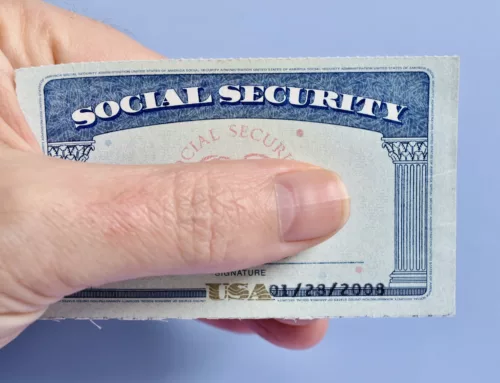
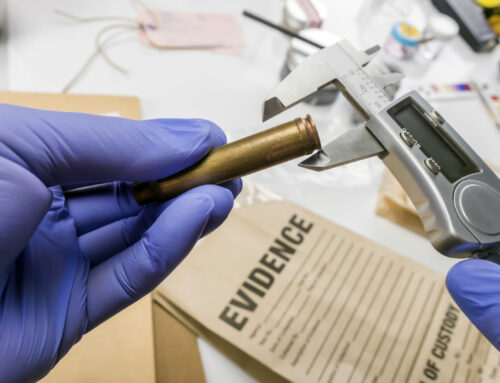
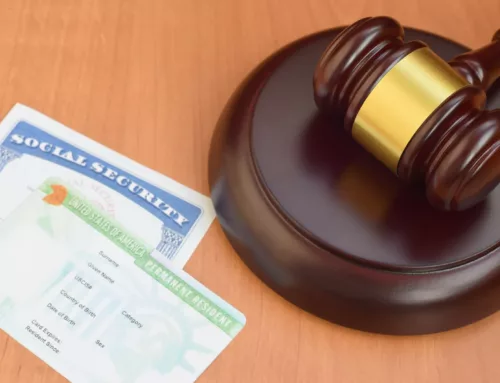
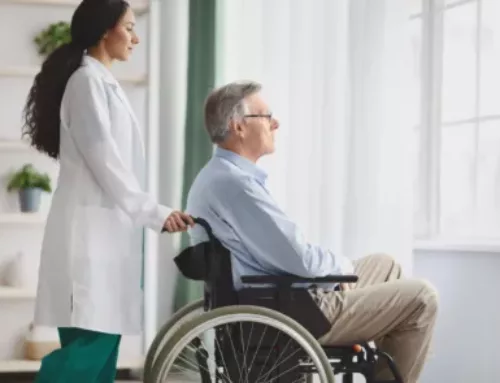
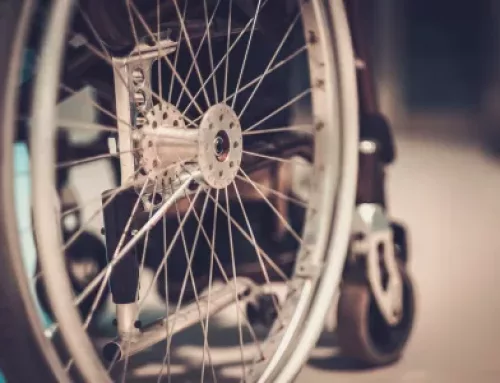

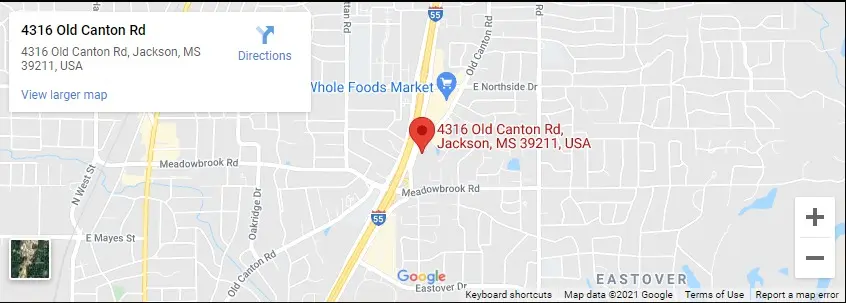
Connect with Us